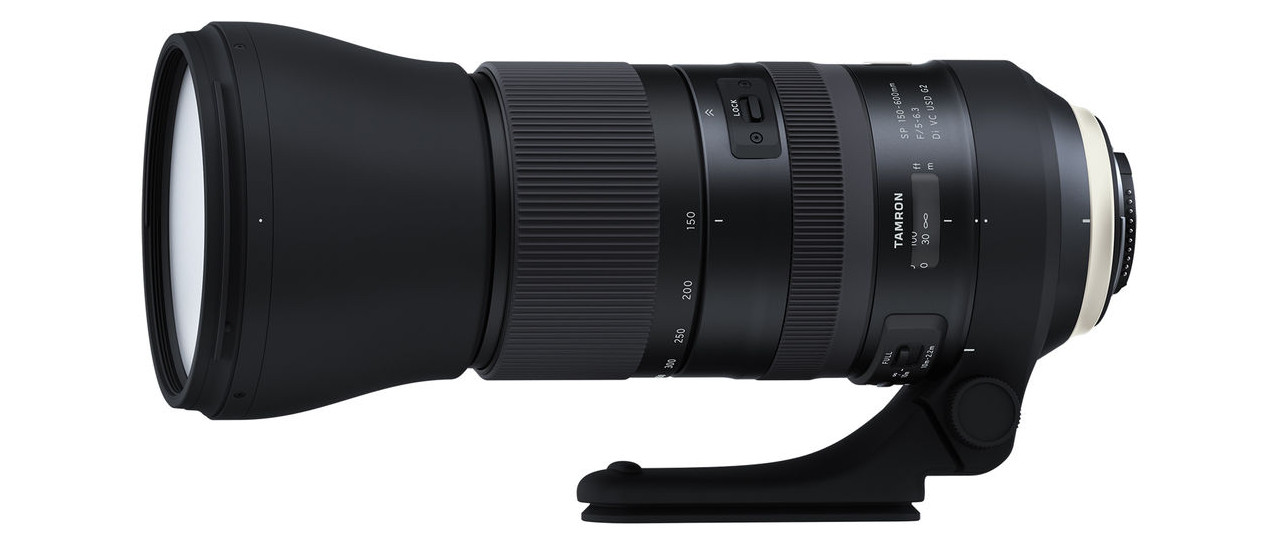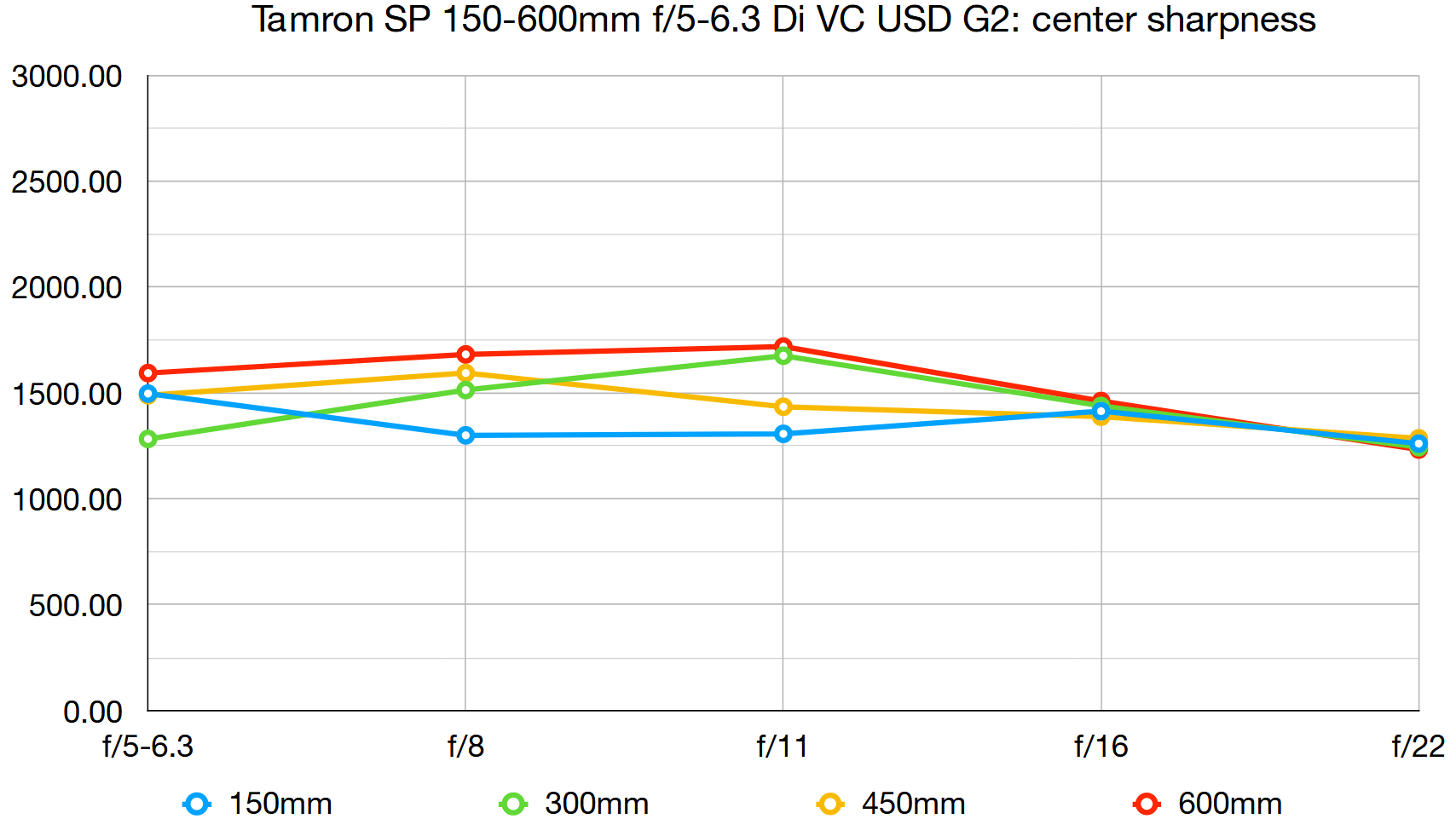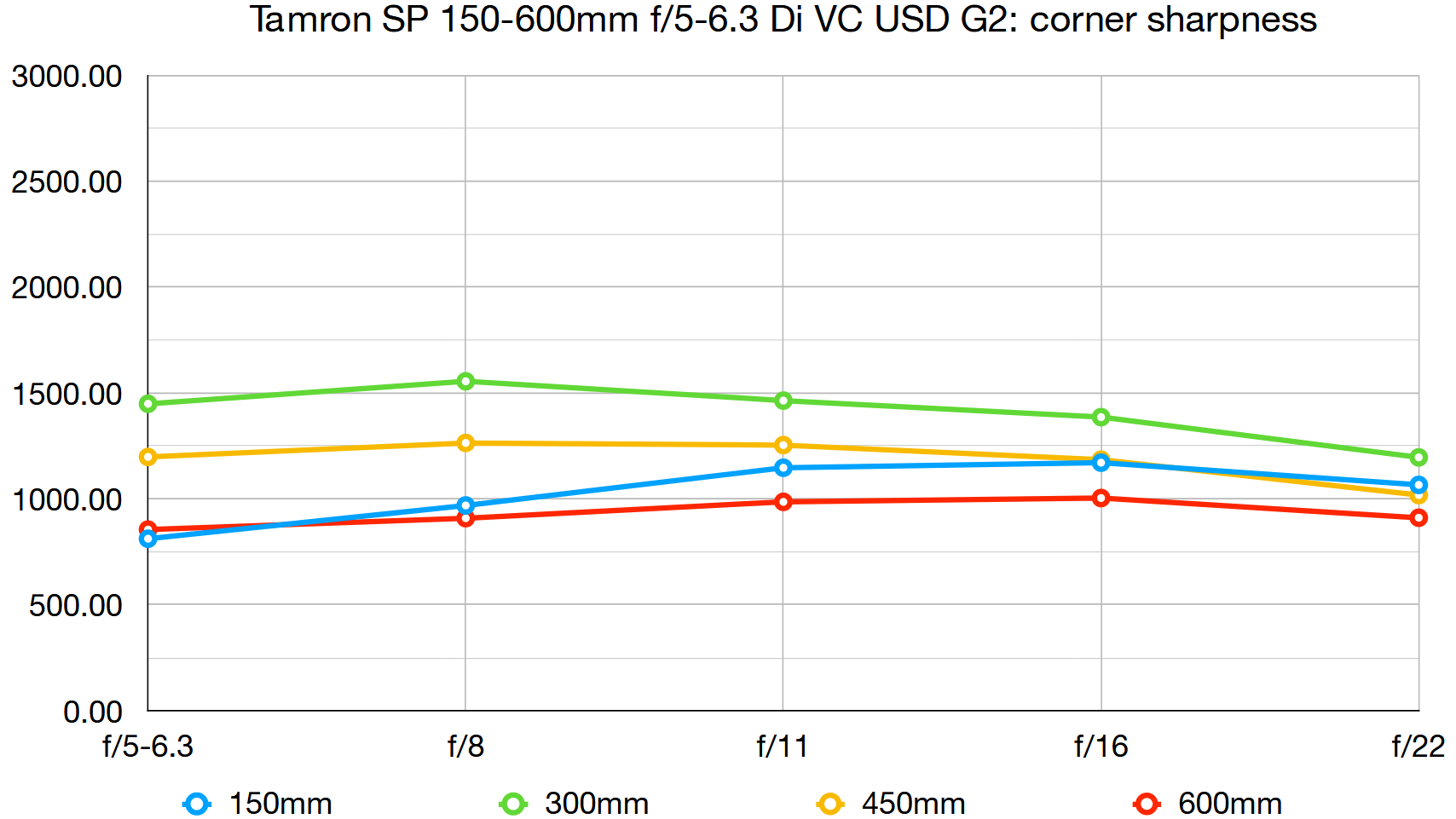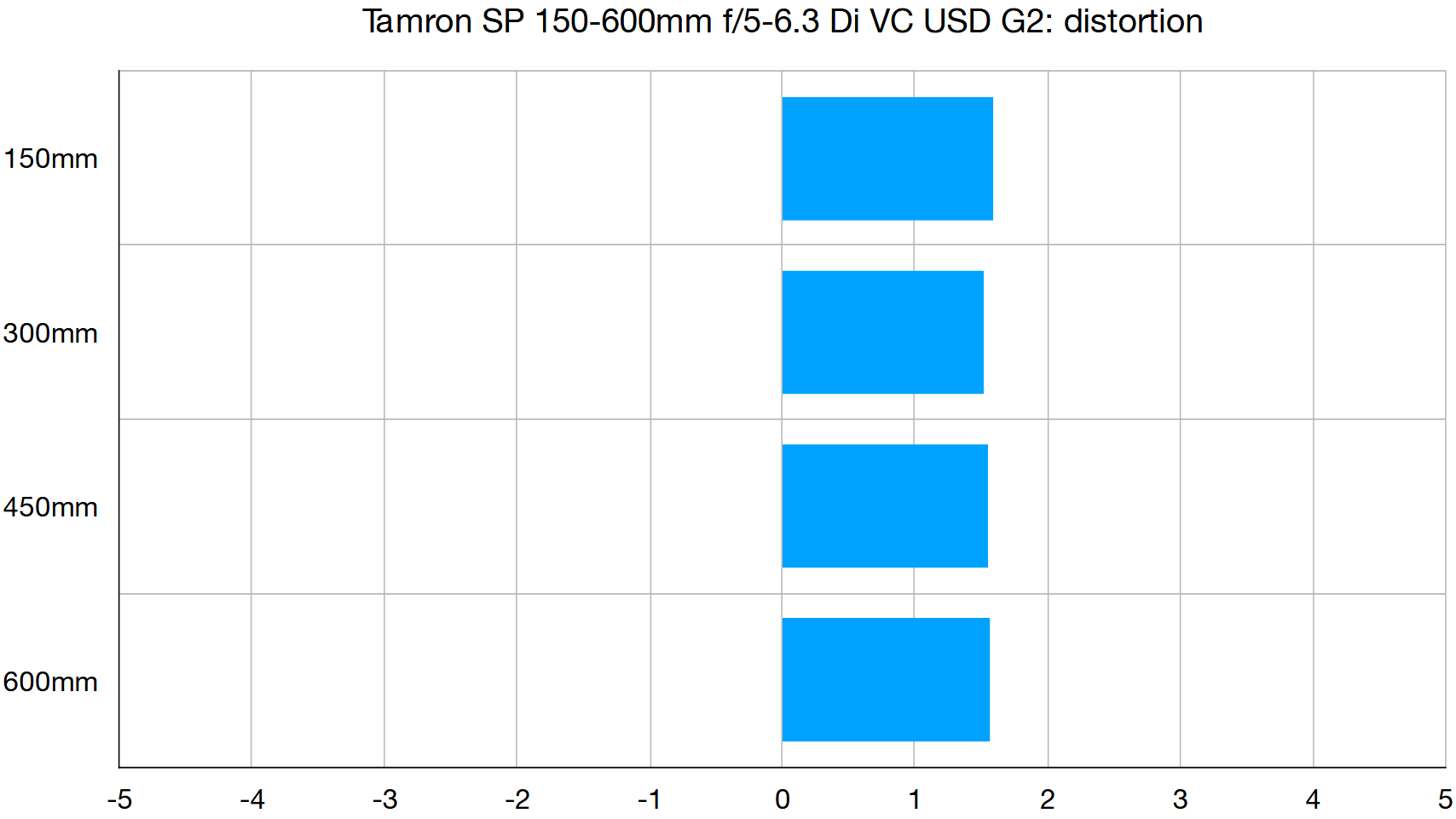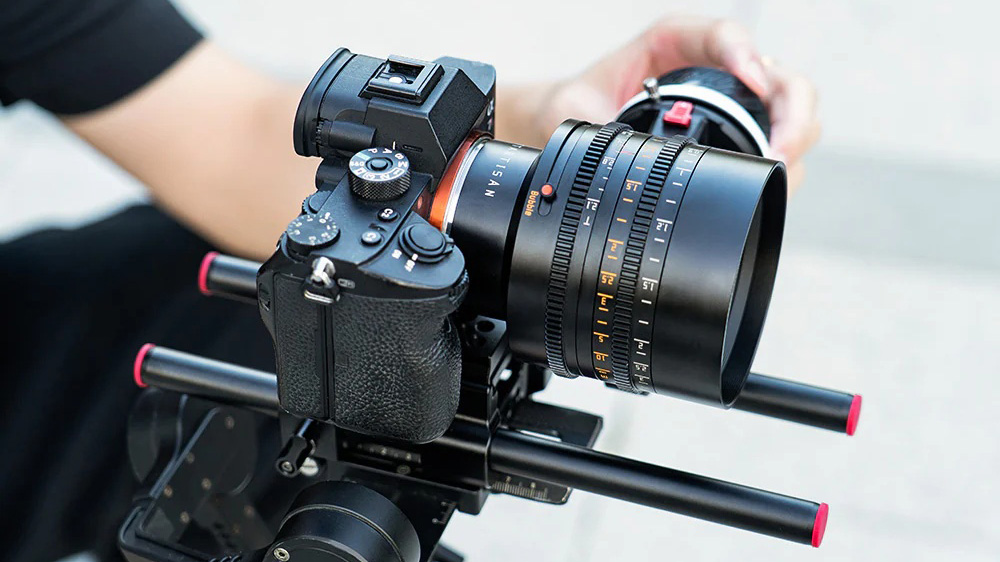Digital Camera World Verdict
The G2 (Generation 2) edition of this full-frame compatible super-telephoto zoom lens available in Canon EF and Nikon F mount options. It’s not as impressive as the Sigma 150-600mm Sports, but has effective autofocus and stabilization systems, and is much more manageable at just over two-thirds of the weight. Performance is good overall but sharpness could be better at the short end of the zoom range.
Pros
- +
Sharp at the long end
- +
Good AF and stabilizer systems
- +
Extensive weather-seals
Cons
- -
Not particularly sharp at the short end
- -
Fairly basic handling
Why you can trust Digital Camera World
The Tamron SP 150-600mm f/5-6.3 Di VC USD G2 goes head to head with Sigma’s two 150-600mm Contemporary and Sports lenses. Whereas the Sigma Sports lens is much bigger and heavier than the Contemporary version, weighing in at 2.8kg, the new Tamron packs its enhancements into a leaner, lighter package weighing almost exactly 2kg. It’s therefore much more comfortable for prolonged periods of handheld shooting.
Specifications
Mount: Canon EF, Nikon F
Full-frame: Yes
Autofocus: Yes
Stabilization: Yes
Lens construction: 21 elements in 13 groups
Angle of view: 16.5-4.1 degrees
Diaphragm blades: 9
Minimum aperture: f/32-40
Minimum focusing distance: 2.2m
Maximum magnification ratio: 0.26x
Filter size: 95mm
Dimensions: 108x260mm
Weight: 2,010g
Key features
Optical enhancements in the G2 edition include the fitment of three LD (Low Dispersion) elements, additional high-tech coatings to fend off ghosting and flare, and a fluorine coating on the front element to repel muck and moisture.
Whereas Tamron’s VC (Vibration Compensation) optical stabilization system generally comes with a simple on/off switch, this lens adds three selectable modes. The first is ideal for shooting stationery objects, the second is purely for panning, and the third applies stabilization only during an actual exposure. This makes it easier to track erratically moving subjects in the viewfinder.
Further new thrills include what’s claimed to be a faster autofocus system, and a closer minimum focus distance of 2.2m, compared with the original Tamron’s 2.7m. Surprisingly for such a big lens that doesn’t have an internal zoom mechanism, zoom creep is very well restrained. Better still, as well as the usual zoom lock switch, you can lock the lens at any zoom setting merely by nudging the zoom ring slightly forward. Sigma introduced a mechanism for locking the zoom position on its 150-600mm, but this only works at focal lengths that are marked on the zoom ring, via the regular zoom lock switch.
Another upgrade over the original Tamron is that the G2 lens adds extra weather-seals throughout the barrel. The lens is compatible with Tamron’s ‘TAP-in’ console for applying firmware updates from a computer via a USB port, as well as for customizing the effects of autofocus and vibration compensation.
Performance
In our tests, the G2 proved less sharp than the original Tamron at the short end of the zoom range, although it’s still pretty good. However, while the older lens dropped off in sharpness at long zoom settings, the G2 steadily increases in sharpness from focal lengths of 400mm to 600mm, and is particularly impressive at the long end.
True to its claims, autofocus performance is fast and the G2 is better able to track moving subjects in sports and wildlife photography. The new triple-mode stabilization is also much more effective when panning or tracking erratically moving targets. Overall, the performance enhancements in the G2 make it a worthy upgrade to Tamron’s original 150-600mm VC.
Lab results
We run a range of lab tests under controlled conditions, using the Imatest Master testing suite. Photos of test charts are taken across the range of apertures and zooms (where available), then analyzed for sharpness, distortion and chromatic aberrations.
We use Imatest SFR (spatial frequency response) charts and analysis software to plot lens resolution at the center of the image frame, corners and mid-point distances, across the range of aperture settings and, with zoom lenses, at four different focal lengths. The tests also measure distortion and color fringing (chromatic aberration).
Sharpness:
Levels of sharpness come on strong towards the long end of the zoom range, which is generally where you want them if you’re using a super-telephoto zoom.
Fringing:
Color fringing is generally quite minimal but becomes a bit more noticeable at the longest focal length. Even so, it’s quite well suppressed.
Distortion:
The best camera deals, reviews, product advice, and unmissable photography news, direct to your inbox!
Pincushion distortion is of quite a low order and remains very consistent throughout the entire zoom range.
Verdict
The G2 (Generation 2) edition of this full-frame compatible super-telephoto zoom lens available in Canon EF and Nikon F mount options. It’s not as impressive as the Sigma 150-600mm Sports, but has effective autofocus and stabilization systems, and is much more manageable at just over two-thirds of the weight. Performance is good overall but sharpness could be better at the short end of the zoom range.
Read more:
• Best camera lenses to get
• Best Canon lenses
• Best Nikon lenses
• Best Sony lenses
Matthew Richards is a photographer and journalist who has spent years using and reviewing all manner of photo gear. He is Digital Camera World's principal lens reviewer – and has tested more primes and zooms than most people have had hot dinners!
His expertise with equipment doesn’t end there, though. He is also an encyclopedia when it comes to all manner of cameras, camera holsters and bags, flashguns, tripods and heads, printers, papers and inks, and just about anything imaging-related.
In an earlier life he was a broadcast engineer at the BBC, as well as a former editor of PC Guide.
